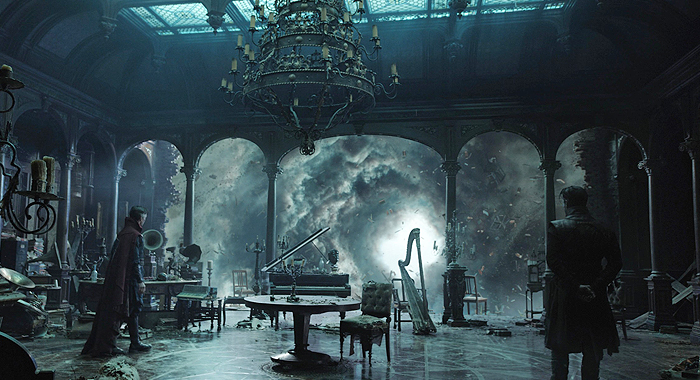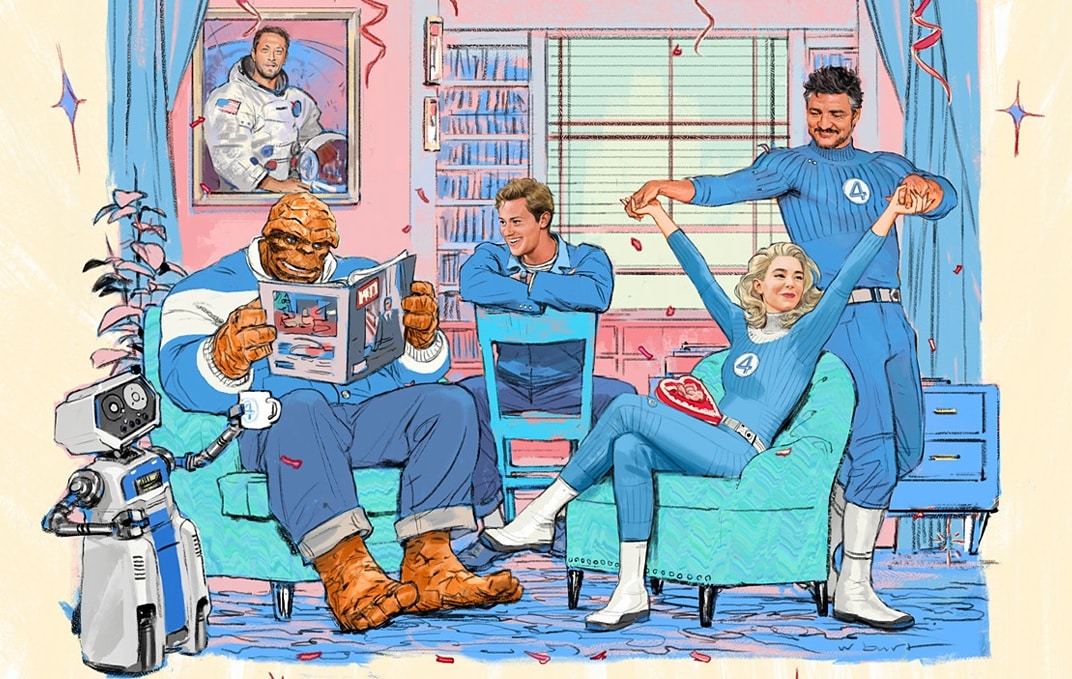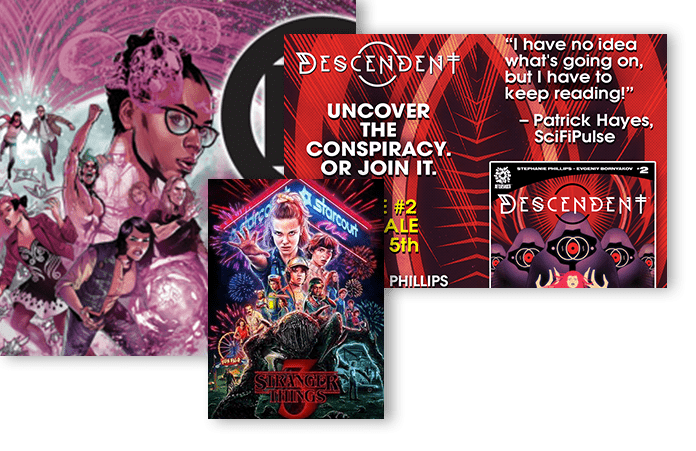After seeing Eternals, directed by a filmmaker I love, Chloé Zhao, I didn’t have a lot of hope for master of horror director Sam Raimi to make his mark on the Marvel world. Marvel may hire high-profile directors, but between the litany of world-building tasks, action set pieces, and punchy dialogue these films must achieve, it’s sometimes difficult to see the fingerprints of specific directors on their films.
So it was a refreshing surprise to see that the latest entry to the MCU, Doctor Strange in the Multiverse of Madness is, at its core, a Sam Raimi film.
Set in the post-snap era, Multiverse of Madness gives us a glimpse of Stephen Strange’s (Benedict Cumberbatch) personal life after being dusted for 5 years. In his absence, he’s lost his love interest, Christine (Rachel McAdams), as well as his position of Sorcerer Supreme to his colleague Wong (Benedict Wong). But when a young woman named America Chavez (Xochitl Gomez) shows up in Strange’s life – first in his dreams, and then crashing through the sky with monsters in her wake – Strange takes up a new purpose. He becomes committed to helping America survive the malevolent forces that chase her through the multiverse.
That purpose takes Strange to see Wanda (Elizabeth Olsen), who has still not recovered from the loss of Vision or the family they could have had together, and ask for her help. Wanda quickly clarifies that she’s the one after America, and that she’ll use any means necessary to take America’s unique powers, which allow her to traverse the multiverse. With these powers, Wanda wants to find a happier version of her own life, complete with the people who matter to her most. The rest of the movie sees Wanda stalking Strange and America through the multiverses, with a sinister horror tinge that ramps up with each minute of runtime.
The biggest problem with Multiverse of Madness is how disjointed it is. Its three acts all feel like miniature and separate films, sometimes at odds with each other. Act 1 sets up an interesting idea: for all their similarities in powers and abilities, Strange and Wanda are opposites when it comes to what they value. Strange has been defined by the choices he made in past: doing the math and making the calculated choices for the greater good. On the other hand, you have Wanda, who is still haunted by the ghosts of the people she’s loved and lost. While Strange is wiling to sacrifice his personal connections or even the lives of people he cares about for the intangible greater good, Wanda would do anything for the people she loves.
Act 2 of Multiverse of Madness is tonally the most confusing. Raimi’s horror flourishes start to come out here, and those are the best bits of the film, particularly when Wanda stalks an alternate version of herself and tries to take over her body. It’s a possession story told from the perspective of the spirit, in a sense. But we also get the most MCU-heavy part of the story here, complete with Easter eggs you may or may not have seen online at this point. Those Easter eggs feel significantly less consequential than they are intended, for me. Such is the double-edged sword of the multiverse: anything is possible, but as a result, nothing really matters.
Act 3 is where Multiverse of Madness really lets loose and goes all-in on the horror vibes, complete with animated corpses, haunting souls, and decaying flesh. It’s everything you’d expect from a Raimi film and absolutely nothing you would expect from a Marvel film, which is what makes it feel so novel. This is the part of the film that worked the best because it felt most like a director doing exactly what he does best instead of a focus-tested film created by a committee.
There were rumors of extensive reshoots on Multiverse of Madness, and upon viewing the final product, that’s no surprise. It has bright, interesting flourishes and inventive moments of full-on Raimi horror that set it apart. But on a script level, the character journeys are confusing. That dichotomy between Strange and Wanda I mentioned earlier? After Act 1, it’s basically dropped. Instead of a contrast between these two people with very different value systems, thefilm distills Strange’s journey into something more simplistic: “are you happy, Stephen?” And while America Chavez could be an interesting character in the right script, here, she’s reduced to a deus ex machina.
Wanda, meanwhile, is stuck somewhere between being a fully-formed character and a plot device. Because the jump from where she landed at the end of Wandavision to where she begins her journey here makes no sense, the script hand-waves it away as Wanda being possessed. But that explanation is undercut by the fact that Wanda is very much driven by everything we’ve seen her go through before: her loss, her love for her sons, etc. The script wants to have it both ways, with Wanda being a character with choices and agency, someone who is holding back and being measured and remorseful at times, while also wanting her to be an evil, distorted spirit who can haunt the rest of the characters the rest of the time. It’s jarring, to say the least, though Olsen is admittedly so good here that you might not notice it to the degree that you would have otherwise.
Doctor Strange in the Multiverse of Madness has a messy, disjointed script that tries to do too much at once. But it’s saved by the flourishing touches of its veteran director, with a handful of excellent performances to boot.







